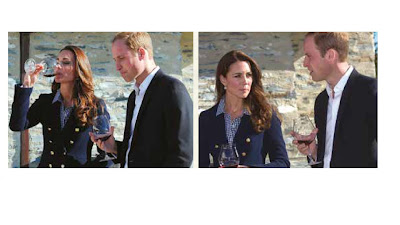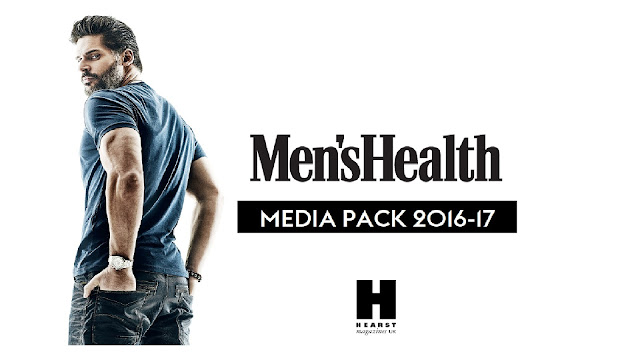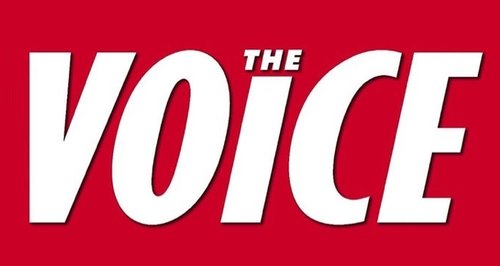Representation theory
Read the Media Magazine feature 'Representation old and new'. This is in MM51 on page 6. Complete the following tasks:
1) Why is representation an important concept in Media Studies?
Representation is an important concept in media studies because everything that appears in the media is a representation. They carry particular meanings or values.
2) How does the example of Kate Middleton show the way different meanings can be created in the media?
3) Summarise the section 'The how, who and why of media representation' in 50 words.
When analysing representation, we must consider how they have been created, who created them and why the person responsible chose to do this. All media products have a specific function which will impact on the representations they construct. Producers will consider: the expectations and needs of the target audience, the limitations provided by genre codes, the type of narrative they wish to create and their institutional remit.
4) How does Stuart Hall's theory of preferred and oppositional readings fit with representation?
The preferred reading of a media text is acquired due to the representation that the media producer has created. The oppositional reading is an alternative reading that goes against the representation that the media producer has created. In some cases, the oppositional reading may be the truth that has been concealed.
5) How has new technology changed the way representations are created in the media?
With the rise of new media, audience members can now construct and share their own media products. Individuals can now engage in the act of self representation, often on a daily basis. When we post an image on Instagram, the choices we make in terms of which images to upload create a construction of an idea about ourselves. Social media allow us to construct selective and controlled representations of the public identity we wish to communicate to the world. Our personal identities may be based on the characteristics we see as being part of who we are – e.g. our age, gender, sexuality, ethnicity – or we may foreground our cultural identities, based on our sense of belonging to specific cultures or groups.
6) What example if provided of how national identity is represented in Britain - and how some audiences use social media to challenge this?
Youtuber 'Zoella' (Zoe Sugg) is used as an example of an identity represented in social media. Part of her appeal is that she is perceived by her followers as a ‘normal person’ rather than a celebrity media construction; but this identity is carefully constructed and maintained by Zoe herself . Her audience identify with her as she offers an aspirational lifestyle that her fans admire.
Now think about today's representation theories. Go back to the Taken trailer from last week's introduction to representation and apply each theory to the trailer:
1) Why is representation an important concept in Media Studies?
Representation is an important concept in media studies because everything that appears in the media is a representation. They carry particular meanings or values.
2) How does the example of Kate Middleton show the way different meanings can be created in the media?
The writer discusses how the power to create representations has been in the hands of media producers working within media institutions. In the paparazzi photo above of Kate Middleton, The Duchess of Cambridge, Middleton has very limited control of how she is represented. The outfit she is wearing is the only thing in her control but the location of the image, her pose and facial expressions aren't as she was not expecting the photo. News and photo editors decide which photo is chosen in their article and the words that will go around the image that will ultimately anchor the meaning of the image. The photo on the left could be manipulated to imply that the Duchess had a bit of a drinking problem or it could be used to show her celebrating the success of something. Thus a photograph of the Duchess could be used to help stir up positive support for the Royal Family; alternatively it could imply a critical view of the monarchy. It depends on the context of the image, and the other media language choices that surround it.
When analysing representation, we must consider how they have been created, who created them and why the person responsible chose to do this. All media products have a specific function which will impact on the representations they construct. Producers will consider: the expectations and needs of the target audience, the limitations provided by genre codes, the type of narrative they wish to create and their institutional remit.
4) How does Stuart Hall's theory of preferred and oppositional readings fit with representation?
The preferred reading of a media text is acquired due to the representation that the media producer has created. The oppositional reading is an alternative reading that goes against the representation that the media producer has created. In some cases, the oppositional reading may be the truth that has been concealed.
5) How has new technology changed the way representations are created in the media?
With the rise of new media, audience members can now construct and share their own media products. Individuals can now engage in the act of self representation, often on a daily basis. When we post an image on Instagram, the choices we make in terms of which images to upload create a construction of an idea about ourselves. Social media allow us to construct selective and controlled representations of the public identity we wish to communicate to the world. Our personal identities may be based on the characteristics we see as being part of who we are – e.g. our age, gender, sexuality, ethnicity – or we may foreground our cultural identities, based on our sense of belonging to specific cultures or groups.
6) What example if provided of how national identity is represented in Britain - and how some audiences use social media to challenge this?
Youtuber 'Zoella' (Zoe Sugg) is used as an example of an identity represented in social media. Part of her appeal is that she is perceived by her followers as a ‘normal person’ rather than a celebrity media construction; but this identity is carefully constructed and maintained by Zoe herself . Her audience identify with her as she offers an aspirational lifestyle that her fans admire.
Now think about today's representation theories. Go back to the Taken trailer from last week's introduction to representation and apply each theory to the trailer:
Write a short paragraph for each theory picking out aspects of the trailer that could be linked to that particular theory.
Complete this for each theory:
Dyer: stereotyping and power
Dyer's theory can be applied extensively to the Taken trailer and movie. The hero of the film is a white male and the villains are Europeans. This links with his statement that 'those with power stereotype those with less power'. Women have also been negatively represented in this film which is due to the fact that they have less power than men.
Medhurst: value judgements
Medhurst is correct in stating that stereotypes are used as a shorthand for identification. The first character shown in the trailer is a white male and the audience can automatically identify that he is the hero due to the authority and power surrounding him. Value judgements are created in this film, leading to negative representations of certain minority groups. For example, females are treated like weak objects (as they are being sold to the sex trade) and Europeans are depicted as heartless humans who would do anything for money.
Perkins: some stereotypes can be positive or true
An example of a positive stereotype in this film is the fact that 'fathers would do anything for their daughters.' Indeed this has been proven in the film as the father goes through hell to save his daughter.
Mulvey: the male gaze
This theory can be applied to the role of the women in this film. They have no significant purpose and are only in the narrative in order to be saved and sexualised. This links with how Laura Mulvey suggests that the dominant view in the media is masculine and created for the benefit of men.
Levi-Strauss: representation and ideology
The ideology of the director of the movie clearly indicates that white males (American) are dominant. The director has chosen to emit the fact that Americans have done a lot of negative things as well in order to make them seem like the best people.



Comments
Post a Comment